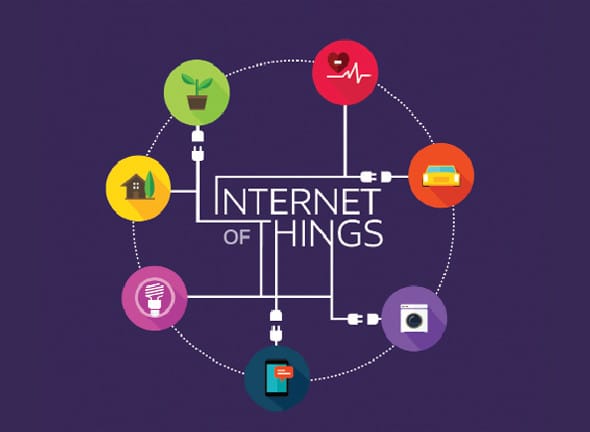
Internet of Things (IoT) is creating lot of buzz all over the world with companies and researchers predicting billions of devices to be connected by 2020. Practically, IoT is creating next revolution in the world of Internet, and India is also taking part by initiating programs like Digital India and Smart Cities Mission (building 100 smart cities across the country). While focusing on cities is important for India to grow, prosper and create end to end service ecosystem for the citizens, we also need to focus on challenges faced by Indian villages. Smart village concept need to be designed with focus on solving grass root problems faced by villagers. As per 2011 census~70 percent population of India still lives in villages. And the problems faced by these villagers goes unnoticed as the technology solutions are designed with cities in the context. Below are some recommendation to certain common challenges faced by villagers:
Gas leakage
A very common problem in Indian villages and as cities. Usage of LPG cylinder is not one of safest way of burning fuel to make food, Pune city alone have 10 registered cases of LPG leak per month and the situation is even grave in our villages. Solution for this problem is to use a gas sensor plugged onto a micro-controller board like Arduino with some logic built to alert the homeowner through an SMS, smartphone app or trigger a manual alarm. Example below is Veerobot gas sensor solution sold on Amazon India for Rs. 159.
Hazards
Villages face the challenge of loss of life due to proper infrastructure and connectivity to nearby major hospitals during emergency. In case of fire or water hazard, while people realise the danger it becomes too late and hence smoke sensors should come handy to alert in case of fire. Moisture sensor will play key role to monitor life of brick walls and warn the owner ahead of time if the logic sense that wall has become too weak to withstand the load on it.
Storage
Landlords, traders and common population in villages, store their food for long duration in large containers, sacks, drums or bags, at homes or in warehouses. One of common problem is infestation due to insects, damage due to temperature or moisture and attack by rodents. One of simple solution to check for moisture is using moisture sensor that can measure and alert when the threshold is breached. KFRI is researching on building integrated food quality control during transportation and storage by monitoring the temperature. Likewise we can design a solution to check if a particular sack or container or bag is damaged or leaking and inform the owner before the damage spreads.
Precision farming
IoT in agriculture has become one of the fastest growing fields. Today, farmers,ranchers, and conservationists need a method to more effectively utilise and conserve resources. The most effective way to do this is through actionable data, and utilising M2M communication makes the ongoing collection of that data simple and affordable.
Sensors designed to monitor moisture, soil quality, fertilizers level, climate control, weather forewarning, optimised warehousing and planned storage can lead to direct benefit for the farmers and landowners. A solution designed to optimise the usage of water during irrigation, monitor and control consumption of fuel in the tractor, sensors that connected to cows, sheep, hens and other animals to monitor and report any contagious diseases, real-time reporting of crucial farming data can help in fine tune timing of harvesting.
Future farms in developed countries may look like below but I feel like our direct benefit transfer scheme if Government design a direct technology transfer scheme to village where the solutions are customise for the need then it can create win-win situations for both the entrepreneurs/solution builders in the cities and the farmers in the villages. Few other solutions are soil moisture and nutrients sensors, which are common these days. Controlling water usage for optimal plant growth and determining custom fertiliser profiles based on soil chemistry. IoT has led to the development of a series of apps that would help in smart agriculture:
Compost – Helps in controlling the humidity and temperature levels of hay, straw, alfalfa, etc.
Green Houses – Helps in increasing the production and quality of fruits and vegetables by controlling micro-climate conditions.
Meteorological Station Network – A useful tool that would forecast rain, snow, drought conditions, wind changes and ice formation.
Claas Equipment – Farmers can automate this equipment and get information on how to minimise grain loss, improve crop flow, perform fertilisation planning, and adjust nutrient balance and more.
To learn more on this topic and to take advantage of hands on session building smart farming solution you can attend a forthcoming workshop organised by IoT-NCR (India’s 2 nd largest IoT Community) with around 4,000 members. Register your presence here.
Disclosure: EFY Group, the parent company of Open Source For You, is a media partner at the Smart Village and Agriculture hands-on workshop by IoT-NCR.













































































